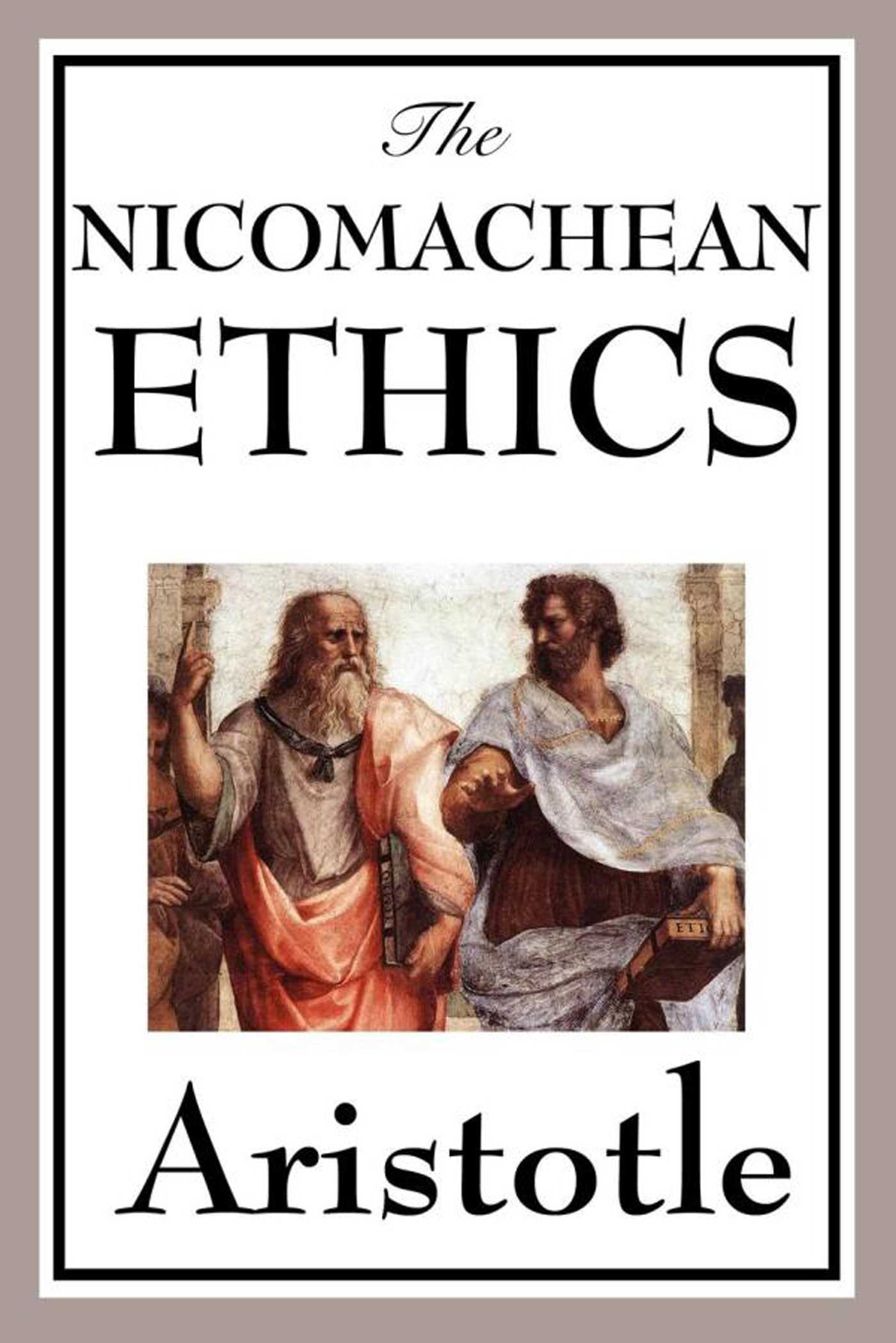
Pleasure and pain both play a role in virtue. To achieve virtue, humans must seek balance. Virtue is action, the result of a conscious and intentional choice. For example, bravery is the mean between cowardice and fearlessness. Each virtue is sandwiched between two vices or extremes. Virtue is divided into two categories: virtue of thought and virtue of character. The only way to achieve happiness is through virtue, which Aristotle defines in Book 2. Everyone wants it, but not everyone understands how to achieve it. Aristotle proposes that humans seek happiness for its own sake. Although humans can reach other satisfactory ends, such as wealth or fame, these do not come close to happiness. He equates the two, explaining that happiness is the ultimate end, the result of the best way to live. In Book 1, Aristotle scientifically presents the subjects of happiness and good. Each Book in this volume is divided according to topic, and Irwin also divides each Book into subheadings to help clarify and organize the ideas presented. Aristotle asserts that happiness is the aim of all humans, and virtue is the pathway for reaching it. The work centers on three themes: The Meanings of Good and Happiness Finding Balance in Virtue and The Importance of Relationships for Good. He proposes that virtues are the products of intentional decisions no person is virtuous by accident. Aristotle suggests that the attainment of happiness, a term he suggests is synonymous with the good, is determined by one’s virtuous actions. Irwin is Emeritus Professor of Ancient Philosophy at the University of Oxford.Īristotle’s Nicomachean Ethics is an exploration of how to best live.

This guide utilizes the third edition of Terence Irwin’s translation, which was published in 2019.


 0 kommentar(er)
0 kommentar(er)
